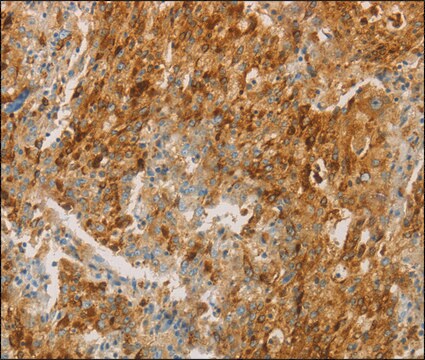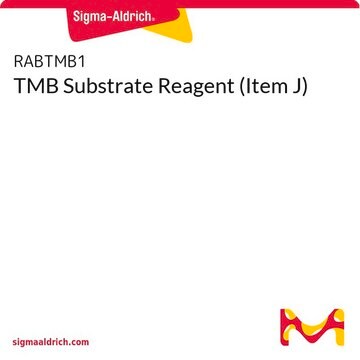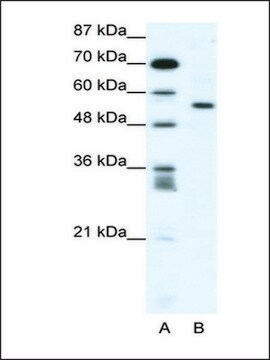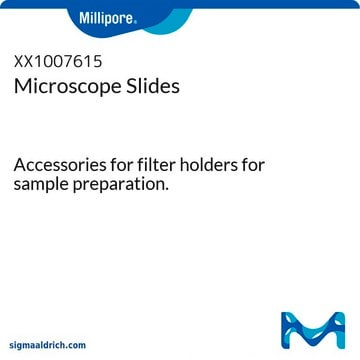MAB1407P
Anti-Macrophages/Granulocytes Antibody, clone OX-41
clone OX-41, Chemicon®, from mouse
Synonym(s):
CD172 antigen-like family member A, CD172a antigen, Inhibitory receptor SHPS-1, Macrophage fusion receptor, MyD-1 antigen, SHP substrate 1, SHP substrate-1, Signal-regulatory protein alpha-1, signal-regulatory protein alpha
About This Item
Recommended Products
biological source
mouse
Quality Level
antibody form
affinity isolated antibody
antibody product type
primary antibodies
clone
OX-41, monoclonal
purified by
affinity chromatography
species reactivity
mouse, human, rat
manufacturer/tradename
Chemicon®
technique(s)
flow cytometry: suitable
immunocytochemistry: suitable
immunohistochemistry (formalin-fixed, paraffin-embedded sections): suitable
western blot: suitable
isotype
IgG2a
NCBI accession no.
UniProt accession no.
shipped in
wet ice
target post-translational modification
unmodified
Gene Information
human ... SIRPA(140885)
Related Categories
General description
Specificity
Labels most macrophages including resident peritoneal, alveolar and activated macrophages. Recognition of other macrophages is limited to only occasional kupffer cells. In addition it labels granulocytes and a population of dendritic cells. It also labels brain extensively.
Immunogen
Application
Frozen sections and Formalin fixed, paraffin embedded tissue sections (requires trypsin or pronase pre-treatment).
Western Blotting:
A previous lot of this antibody was used in western blot.
Flow cytometry:
1:100-1:200 of a previous lot was used. (Use 10 μL of working dilution for 10^6 cells in 100 μL).
Optimal working dilutions must be determined by the end user.
Inflammation & Immunology
Inflammation & Autoimmune Mechanisms
Quality
Immunocytochemistry Analysis:
Confolcal fluorescent analysis of Macrophages/ Granulocytes using anti-Macrophages/ Granulocytes mouse monoclonal antibody.
Target description
Linkage
Physical form
Storage and Stability
Analysis Note
Macrophages, monocytes, lymphoid organs.
Other Notes
Legal Information
Disclaimer
Not finding the right product?
Try our Product Selector Tool.
Storage Class Code
12 - Non Combustible Liquids
WGK
WGK 2
Flash Point(F)
Not applicable
Flash Point(C)
Not applicable
Certificates of Analysis (COA)
Search for Certificates of Analysis (COA) by entering the products Lot/Batch Number. Lot and Batch Numbers can be found on a product’s label following the words ‘Lot’ or ‘Batch’.
Already Own This Product?
Find documentation for the products that you have recently purchased in the Document Library.
Our team of scientists has experience in all areas of research including Life Science, Material Science, Chemical Synthesis, Chromatography, Analytical and many others.
Contact Technical Service








